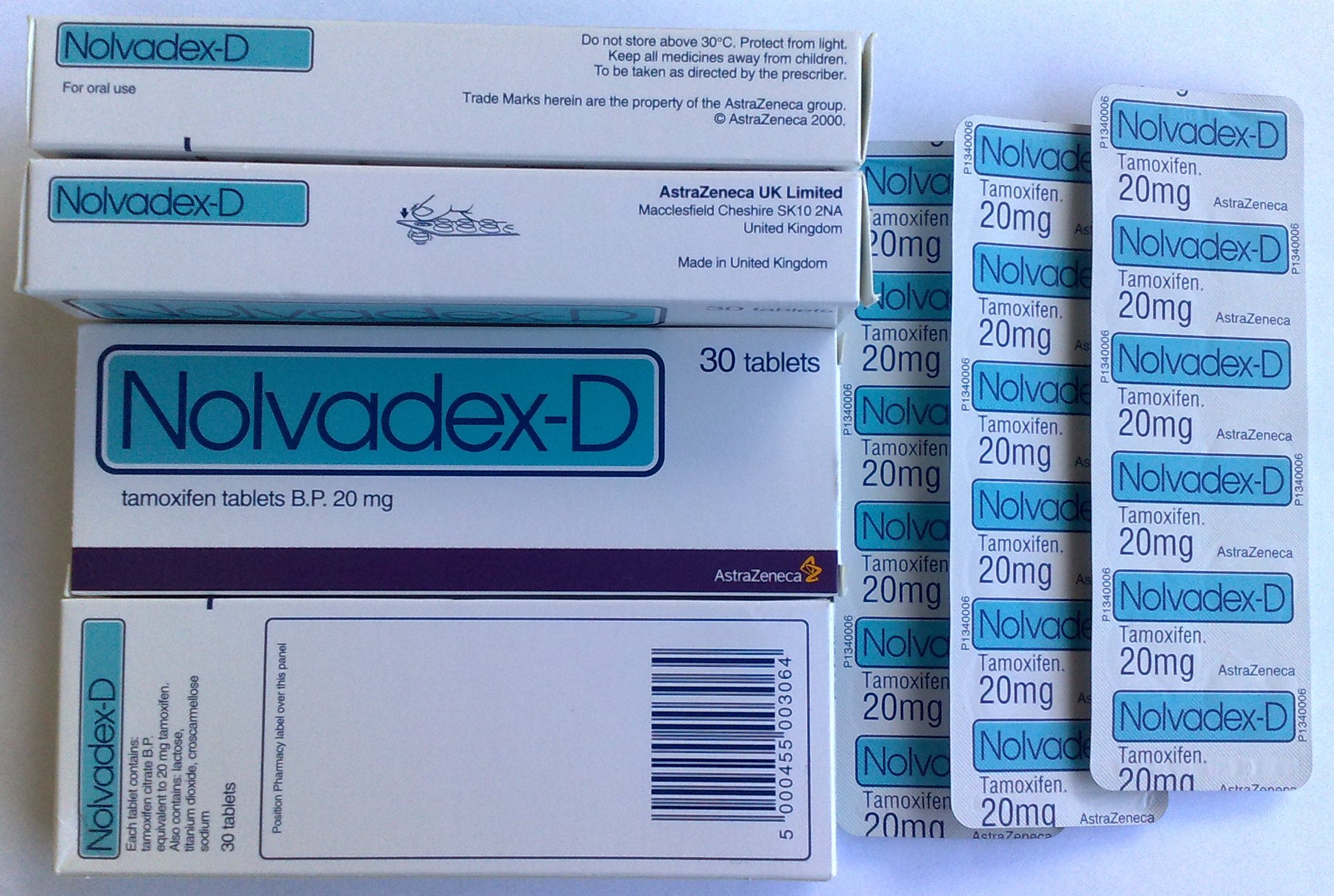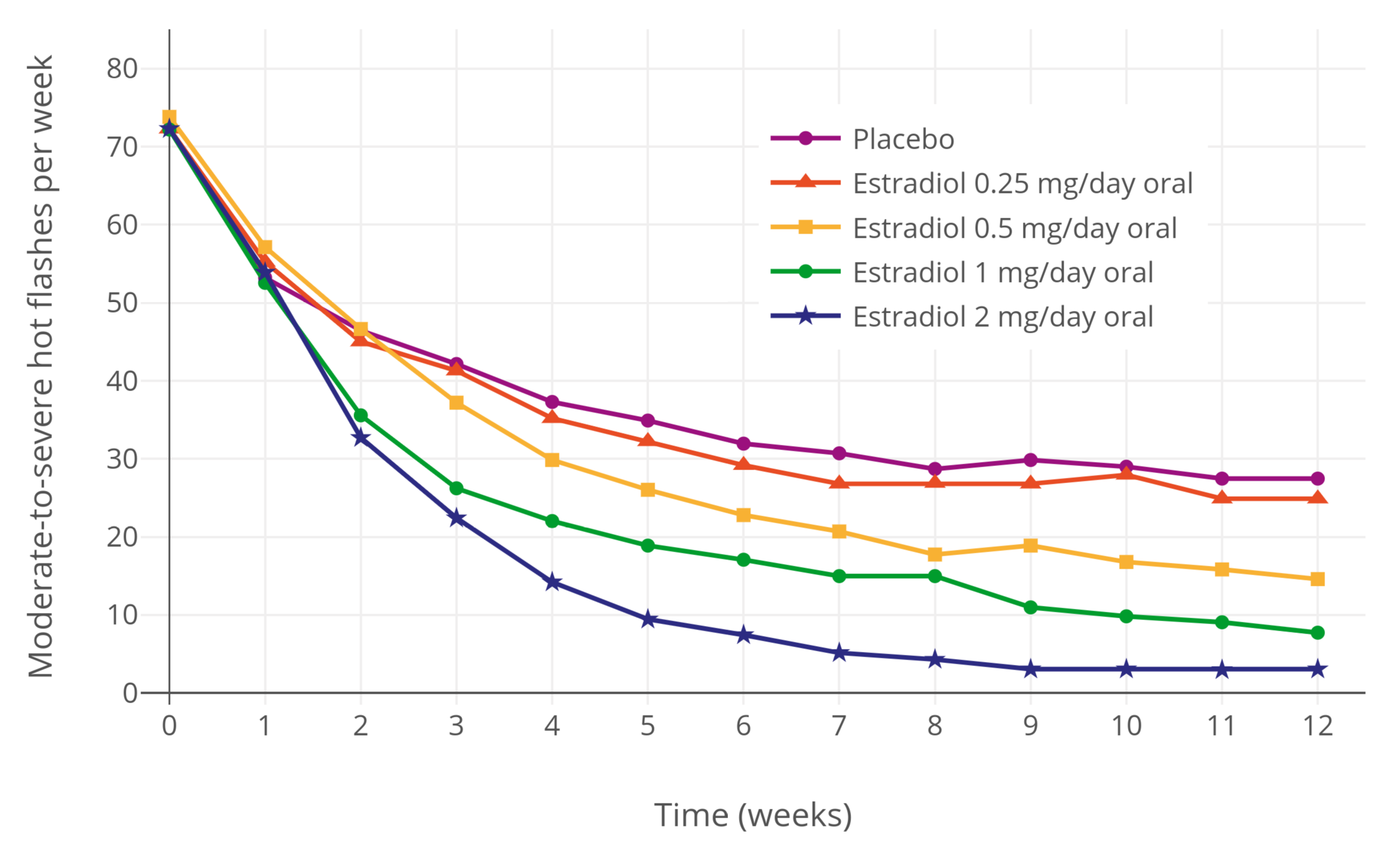|
Anordrin
Anordrin (former developmental code name AF-53), also known as 2α,17α-diethynyl-A-nor-5α-androstane-2β,17β-diol dipropionate, is a synthetic, steroidal selective estrogen receptor modulator (SERM) which is used in China as an emergency contraceptive. It is the most commonly used emergency contraceptive in China. The drug is marketed in a combination formulation with mifepristone under the brand name Zi Yun. Anordrin has not been studied for use or marketed outside of China. It has been used in China since the 1970s. Anordrin has both weak estrogenic and antiestrogenic activity. It binds to the estrogen receptor but does not bind to the androgen receptor or the progesterone receptor. In animals, anordrin has antigonadotropic effects, and in male animals, inhibits spermatogenesis and causes atrophy of the epididymis, prostate, and seminal vesicles. It produces a dihydroxylated active metabolite, anordiol, with similar but more potent estrogenic activity. The abortifacient eff ... [...More Info...] [...Related Items...] OR: [Wikipedia] [Google] [Baidu] |
Selective Estrogen Receptor Modulators
Selective estrogen receptor modulators (SERMs), also known as estrogen receptor agonist/antagonists (ERAAs), are a class of drugs that act on the estrogen receptor (ER). A characteristic that distinguishes these substances from pure ER agonists and antagonists (that is, full agonists and silent antagonists) is that their action is different in various tissues, thereby granting the possibility to selectively inhibit or stimulate estrogen-like action in various tissues. Medical uses SERMs are used for various estrogen-related diseases, including treatment of ovulatory dysfunction in the management of infertility, treatment and prevention of postmenopausal osteoporosis, treatment and reduction in risk of breast cancer and treatment of dyspareunia due to menopause. SERM is also used in combination with conjugated estrogens indicated for the treatment of estrogen deficiency symptoms, and vasomotor symptoms associated with menopause. SERMs are used dependent on their pattern of ... [...More Info...] [...Related Items...] OR: [Wikipedia] [Google] [Baidu] |
Atrophy
Atrophy is the partial or complete wasting away of a part of the body. Causes of atrophy include mutations (which can destroy the gene to build up the organ), poor nourishment, poor circulation, loss of hormonal support, loss of nerve supply to the target organ, excessive amount of apoptosis of cells, and disuse or lack of exercise or disease intrinsic to the tissue itself. In medical practice, hormonal and nerve inputs that maintain an organ or body part are said to have ''trophic'' effects. A diminished muscular trophic condition is designated as ''atrophy''. Atrophy is reduction in size of cell, organ or tissue, after attaining its normal mature growth. In contrast, hypoplasia is the reduction in the cellular numbers of an organ, or tissue that has not attained normal maturity. Atrophy is the general physiological process of reabsorption and breakdown of tissues, involving apoptosis. When it occurs as a result of disease or loss of trophic support because of other diseas ... [...More Info...] [...Related Items...] OR: [Wikipedia] [Google] [Baidu] |
Propionate Esters
Propionic acid (, from the Greek words πρῶτος : ''prōtos'', meaning "first", and πίων : ''píōn'', meaning "fat"; also known as propanoic acid) is a naturally occurring carboxylic acid with chemical formula CH3CH2CO2H. It is a liquid with a pungent and unpleasant smell somewhat resembling body odor. The anion CH3CH2CO2− as well as the salts and esters of propionic acid are known as propionates or propanoates. History Propionic acid was first described in 1844 by Johann Gottlieb, who found it among the degradation products of sugar. Over the next few years, other chemists produced propionic acid by different means, none of them realizing they were producing the same substance. In 1847, French chemist Jean-Baptiste Dumas established all the acids to be the same compound, which he called propionic acid, from the Greek words πρῶτος (prōtos), meaning ''first'', and πίων (piōn), meaning ''fat'', because it is the smallest H(CH2)''n''COOH acid that exhibits ... [...More Info...] [...Related Items...] OR: [Wikipedia] [Google] [Baidu] |
Androstanes
An androgen (from Greek ''andr-'', the stem of the word meaning "man") is any natural or synthetic steroid hormone that regulates the development and maintenance of male characteristics in vertebrates by binding to androgen receptors. This includes the embryological development of the primary male sex organs, and the development of male secondary sex characteristics at puberty. Androgens are synthesized in the testes, the ovaries, and the adrenal glands. Androgens increase in both males and females during puberty. The major androgen in males is testosterone. Dihydrotestosterone (DHT) and androstenedione are of equal importance in male development. DHT ''in utero'' causes differentiation of the penis, scrotum and prostate. In adulthood, DHT contributes to balding, prostate growth, and sebaceous gland activity. Although androgens are commonly thought of only as male sex hormones, females also have them, but at lower levels: they function in libido and sexual arousal. Also, ... [...More Info...] [...Related Items...] OR: [Wikipedia] [Google] [Baidu] |
Ethynyl Compounds
In organic chemistry, the term ethynyl designates a functional group with a double bond with 2 carbon atoms both with sp hybridisation and a triple bond(1 sigma and 2 pi bond) . It is a species similar to acetylene (or in IUPAC ethyne ) with a less H atom thus joined to root chain. * An ethynyl group (HC≡C–), also designated as acetylenic group (from acetylene), and referred to in IUPAC chemical nomenclature as -yne suffix. Also sometimes designed as ''ethinyl'' in compounds (ethinylestradiol, ethisterone (ethinyltestosterone)). See main page alkynes. * The ethynyl radical (HC≡C·), the compound found in interstellar medium, and transiently on earth during chemical reactions. * The ethynyl carbanion Acetylide (HC≡C−) See also * Ethynylation * Propynyl ( H3C–C≡C–R, 1-propynyl group; or HC≡C–CH2–R, 2-propynyl group, Propargyl In organic chemistry, the propargyl group is a functional group of 2- propynyl with the structure . It is an alkyl group de ... [...More Info...] [...Related Items...] OR: [Wikipedia] [Google] [Baidu] |
List Of Selective Estrogen Receptor Modulators
This is a list of selective estrogen receptor modulators (SERMs). Approved SERMs that have been approved for medical use include anordrin (+mifepristone (Zi Yun)), bazedoxifene ( +conjugated estrogens (Duavee)), broparestrol (Acnestrol), clomifene (Clomid), cyclofenil (Sexovid), lasofoxifene (Fablyn), ormeloxifene (Centron, Novex, Novex-DS, Sevista), ospemifene (Osphena; deaminohydroxytoremifene), raloxifene (Evista), tamoxifen (Nolvadex), and toremifene (Fareston; 4-chlorotamoxifen). Clinical trials SERMs that are currently under development and in clinical trials include acolbifene, afimoxifene (4-hydroxytamoxifen; metabolite of tamoxifen), elacestrant, enclomifene ((''E'')-clomifene), endoxifen (4-hydroxy-''N''-desmethyltamoxifen; metabolite of tamoxifen), and zuclomifene ((''Z'')-clomifene).http://adisinsight.springer.com/ Non-approved SERMs that have not been approved for medical use include arzoxifene, brilanestrant, clomifenoxide (clomiphene N-oxide; metabolite of ... [...More Info...] [...Related Items...] OR: [Wikipedia] [Google] [Baidu] |
Estradiol (medication)
Estradiol (E2) is a medication and naturally occurring steroid hormone. It is an estrogen and is used mainly in menopausal hormone therapy and to treat low sex hormone levels in women. It is also used in hormonal birth control for women, in hormone therapy for transgender women, and in the treatment of hormone-sensitive cancers like prostate cancer in men and breast cancer in women, among other uses. Estradiol can be taken by mouth, held and dissolved under the tongue, as a gel or patch that is applied to the skin, in through the vagina, by injection into muscle or fat, or through the use of an implant that is placed into fat, among other routes. Side effects of estradiol in women include breast tenderness, breast enlargement, headache, fluid retention, and nausea among others. Men and children who are exposed to estradiol may develop symptoms of feminization, such as breast development and a feminine pattern of fat distribution, and men may also experience ... [...More Info...] [...Related Items...] OR: [Wikipedia] [Google] [Baidu] |
Abortifacient
An abortifacient ("that which will cause a miscarriage" from Latin: '' abortus'' "miscarriage" and '' faciens'' "making") is a substance that induces abortion. This is a nonspecific term which may refer to any number of substances or medications, ranging from herbs to prescription medications. Common abortifacients used in performing medical abortions include mifepristone, which is typically used in conjunction with misoprostol in a two-step approach. Synthetic oxytocin, which is routinely used safely during term labor, is also commonly used to induce abortion in the second or third trimester. For thousands of years writers in many parts of the world have described and recommended herbal abortifacients to women who seek to terminate a pregnancy, although their use may carry risks to the health of the woman. Medications Because "abortifacient" is a broad term used to describe a substance's effects on pregnancy, there is a wide range of drugs that can be described as abo ... [...More Info...] [...Related Items...] OR: [Wikipedia] [Google] [Baidu] |
Anordiol
Anordiol, or anordriol, also known as 2α,17α-diethynyl-A-nor-5α-androstane-2β,17β-diol, is a synthetic steroid-like mixed estrogen and antiestrogen and an active metabolite An active metabolite is an active form of a drug after it has been processed by the body. Metabolites of drugs An active metabolite results when a drug is metabolized by the body into a modified form which continues to produce effects in the body ... of anordrin, a postcoital contraceptive that is marketed and used in China. Relative to anordrin, anordiol has similar but more potent actions. References Ethynyl compounds Androstanes Diols Human drug metabolites Selective estrogen receptor modulators Synthetic estrogens {{steroid-stub ... [...More Info...] [...Related Items...] OR: [Wikipedia] [Google] [Baidu] |
Active Metabolite
An active metabolite is an active form of a drug after it has been processed by the body. Metabolites of drugs An active metabolite results when a drug is metabolized by the body into a modified form which continues to produce effects in the body. Usually these effects are similar to those of the parent drug but weaker, although they can still be significant (see e.g. 11-hydroxy-THC, morphine-6-glucuronide). Certain drugs such as codeine and tramadol have metabolites (morphine and ''O''-desmethyltramadol respectively) that are stronger than the parent drug and in these cases the metabolite may be responsible for much of the therapeutic action of the parent drug. Sometimes, however, metabolites may produce toxic effects and patients must be monitored carefully to ensure they do not build up in the body. This is an issue with some well-known drugs, such as pethidine (meperidine) and dextropropoxyphene. Prodrugs Sometimes drugs are formulated in an inactive form that is de ... [...More Info...] [...Related Items...] OR: [Wikipedia] [Google] [Baidu] |



